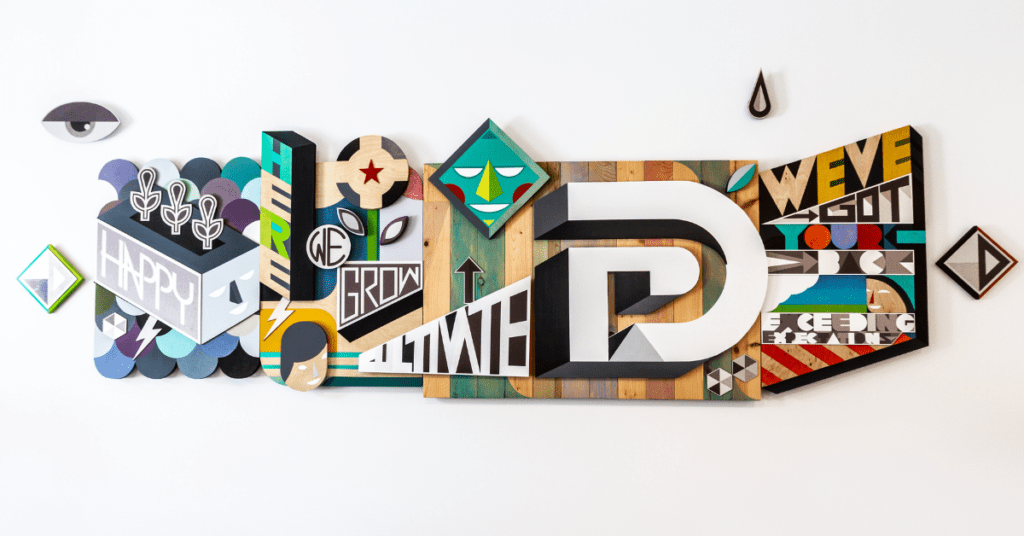While brands typically promote a commitment to inclusion at the core of their values, they often unintentionally exclude some audience members. Following through on promises of inclusion is essential, especially in a world where people are increasingly expecting brands to act out their values. An important aspect of this is ensuring accessibility for disabled audience members.
While accessibility used to refer mainly to physical access to spaces, the word is becoming synonymous with dismantling barriers online, as well. Posting accessible content on social media platforms allows new people to engage with the content, creating the potential for more meaningful connections. Small adjustments create the opportunity to reach and include a broader audience who may depend on screen readers or captions to navigate the online world.
Below are four easy ways to make content more accessible.
1. Add captions to videos
Closed captions help users who are deaf or hard of hearing understand the sound in a video. Captions can also be useful to audience members who are not native English speakers, who process information better visually or who may just be in public without headphones.
For Instagram Stories and Reels, along with TikTok videos, the platforms have an option to propagate captions within the apps. For longer videos, apps like MixCaptions and AutoCap allow creators to add closed captions.

Instagram’s “captions” feature.
2. Add image descriptions to posts
Screen readers process text and transform it into speech. If a visually impaired person cannot see an image clearly, screen readers rely on image descriptions to convey the meaning to the user.
All major social media platforms have the option to add alt text to images when you click to edit the picture or go to advanced settings. You can also add descriptive text when scheduling content on a platform such as Sprout Social. When writing alt text, try to concisely capture the essence of the image by describing the subjects and what they are doing. For more tips on writing accessible image descriptions, Disability Together recently posted a useful guide.

Adding alt text to the above image here on the blog.
3. Ensure legibility and readability in designs
If you often post infographics or other graphic designs, take time to use fonts, colors and shades that allow for easy visual processing. High contrast between the background color and the copy, along with sans serif fonts for body text, can help ensure that more people are able to understand and engage with infographics and other designed content. You may also need to adjust the size and spacing of text to make it more readable.
4. Use Camel Case for hashtags
Implementing Camel Case means capitalizing the first letter of each word within a hashtag to enable screen readers to recognize and voice the words properly. Without capital letters to distinguish the beginning of a new word, screen readers cannot decipher where each word starts and ends. Someone who relies on a screen reader will not be able to understand the hashtag if it is all lowercase.
Camel Case also makes it easier for dyslexic individuals to read the words in the hashtag. An example would be #DittoePublicRelations as opposed to #dittoepublicrelations.
While this is certainly not an exhaustive list, these steps can help push your brand in the right direction. Creating accessible content ensures that you and your brand can connect with a diverse audience. Pledging to be inclusive is a start, but establishing an accessible social media presence is a true action step.
Looking for more social media guidance and expert management? Contact us today!







0 Comments